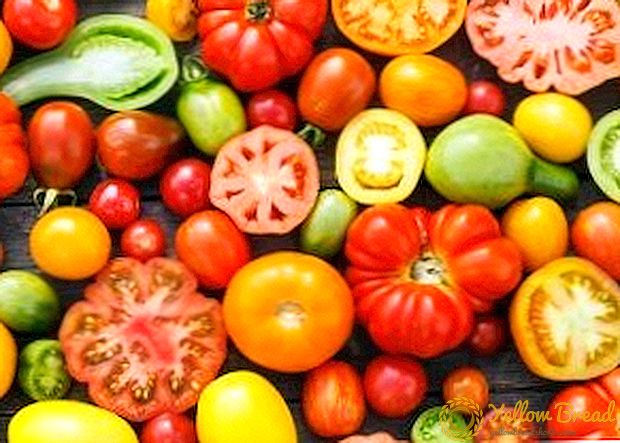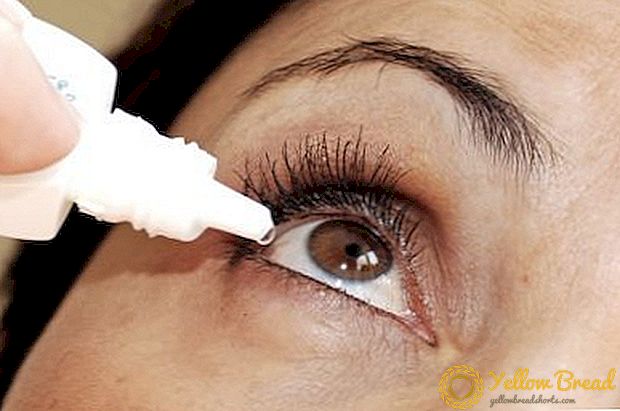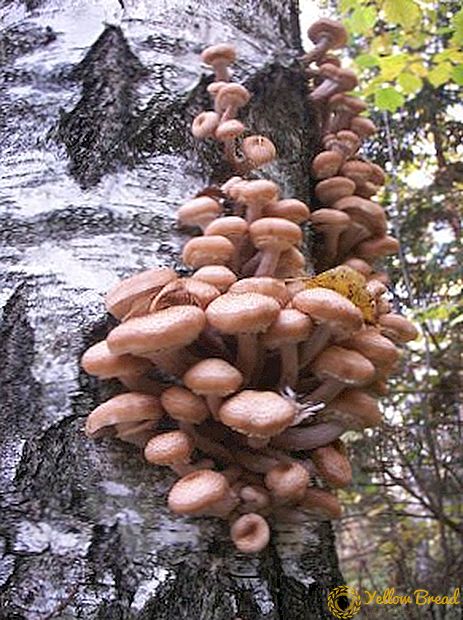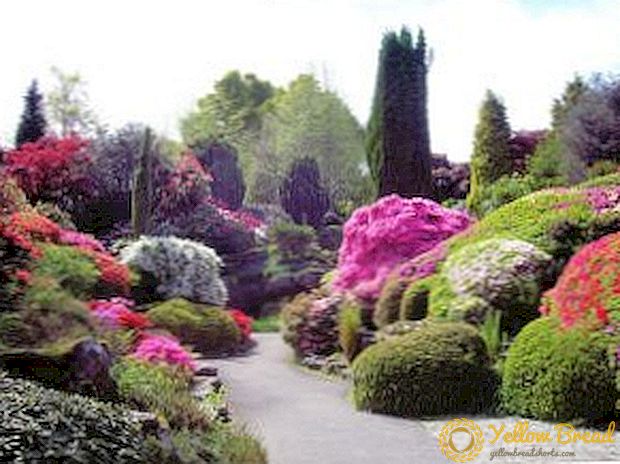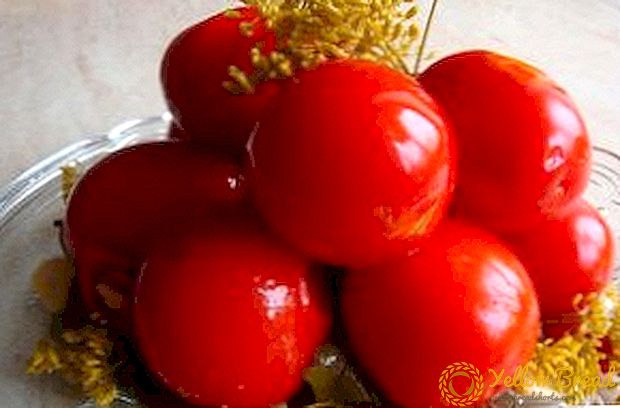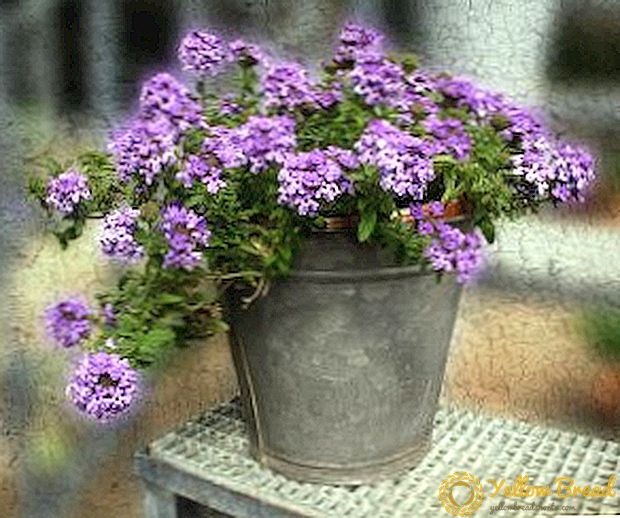 The genus Hibiscus of the Malvova family includes hundreds of species. The most popular is the Chinese hibiscus, also known as the Chinese rose. This ornamental plant is very popular for keeping in the house. It is unpretentious in care and pleases those around with beautiful bright colors.
The genus Hibiscus of the Malvova family includes hundreds of species. The most popular is the Chinese hibiscus, also known as the Chinese rose. This ornamental plant is very popular for keeping in the house. It is unpretentious in care and pleases those around with beautiful bright colors.
- Description
- Breeding
- Growing conditions
- Temperature
- Air humidity
- Lighting
- The soil
- Care
- Watering
- Top dressing
- Pruning
- Transfer
- Diseases and pests
Description
Chinese hibiscus is an evergreen ornamental plant, reaching a height of about one and a half meters. Its leaves are oval, jagged at the edges, dark green and glossy on the outside.  Flowers are smooth and terry, large, up to 16 centimeters in diameter, of various bright colors of warm shades: pink, orange, red, yellow. The flowering of each flower does not last long - only for a couple of days.
Flowers are smooth and terry, large, up to 16 centimeters in diameter, of various bright colors of warm shades: pink, orange, red, yellow. The flowering of each flower does not last long - only for a couple of days.
However, if the Chinese rose is properly cared for at home, its flowering period will last from early spring to late autumn.

Breeding
Chinese hibiscus is well propagated both by seed and grafting. It is best to plant hibiscus seeds at the very end of the winter season, at the latest in spring.
It is easy to prepare soil mixture for seeds: it is enough to mix sand with peat equally. Before planting, the seeds must be soaked for half a day in a solution of Epin. After planting, the tank with seeds should be covered with glass and left in a warm place at a temperature regime of about 24-26 degrees.
Plant reproduction is possible throughout the year by cuttings. But it is best to carry out this procedure from July to August or from January to March. Cuttings can be taken semi-woody or completely green. They are cut from the tops of the shoots, making sure that there are at least a couple of nodes.  The slices are treated with a growth stimulator. Rooted cuttings in water or in sand-peat soil mixture. A peculiar greenhouse for plants made of jars or cellophane will have a good effect.
The slices are treated with a growth stimulator. Rooted cuttings in water or in sand-peat soil mixture. A peculiar greenhouse for plants made of jars or cellophane will have a good effect.
When the first roots appear at the end of the month, the plants can be planted in separate containers. The substrate is prepared as follows:
- one piece of sand;
- one piece of turf soil;
- one piece of leaf soil;
- two parts of humus.
Growing conditions
Observance of simple rules will allow for many years to admire the colorful flowers of this shrub. 
Temperature
Chinese hibiscus refers to heat-loving plants.During active growth, the temperature should be between +20 and +30 degrees. When preparing for the winter, starting from autumn hibiscus begin to train for cooler conditions, gradually reducing the air temperature to +16.
Lowering the temperature below +10 degrees for hibiscus is critical: it starts dropping leaves.
Air humidity
High humidity is a natural condition for the growth of Chinese hibiscus. In nature, he feels great, even at 70% humidity. To maintain the plant at home, such conditions must be maintained throughout the year.  For this purpose, you can simply put a cup with water next to it or use an air humidifier.
For this purpose, you can simply put a cup with water next to it or use an air humidifier.
Spraying should be frequent and regular. In the spring-summer season, it is required to spray a rose at least several times a day, and in a cool season, periodically, every few days.
Best suited for this warm, settled water.
In the hot season, a warm shower well nourishes the leaves with water, washes away dust and helps to get rid of possible pests.However, if you allow drops to fall on flowers, ugly spots will appear on them and they will fall off.
Lighting
Bright ambient lighting is a prerequisite for Chinese roses. But it is desirable to avoid direct sunlight - the rays burn leaves, dry the air and create conditions for the appearance of pests.  In the shade, the plant also feels bad. With insufficient lighting, flowers may not appear at all. The best option for its content can be considered the western or eastern side of the house.
In the shade, the plant also feels bad. With insufficient lighting, flowers may not appear at all. The best option for its content can be considered the western or eastern side of the house.
In the summer it is advisable to take the hibiscus to fresh air. But you should avoid drafts, as they are dangerous for him. But in the cold season, the plant must be provided with additional lamp lighting.
The soil
For the well-being of Chinese hibiscus, a nutrient substrate is needed, light and neutral. The earth mixture should contain two parts of sod land and one part of sand and humus. A great addition is bone meal and peat.
For a good state of health of the plant about an hour after watering is recommended loosening the soil. 
Care
Hibiscus can tolerate short periods of desolation and does not require special efforts. But properly organized care will help the plant to have a flowering and healthy appearance.
Watering
Chinese rose is not able to store moisture. Therefore, lack of moisture detrimental effect on the state of the plant: the leaves quickly fade, and then crumble. It is necessary to respond to such manifestations as quickly as possible, otherwise the flower will soon die.
Water the Chinese hibiscus must be separated by water for several days. It is desirable that the water was purified, soft and warm.  In summer, the flower should be watered frequently and plentifully. Landmark for this is the drying of the top layer of soil. In early or mid-September, watering should be gradually reduced: now, after the topsoil dries out, it is necessary to water in 2-3 days.
In summer, the flower should be watered frequently and plentifully. Landmark for this is the drying of the top layer of soil. In early or mid-September, watering should be gradually reduced: now, after the topsoil dries out, it is necessary to water in 2-3 days.
An excess of moisture is also unfavorable for hibiscus: if the soil has been too wet for too long, fungal parasites begin to develop in the soil.
In the winter season, hibiscus enters a state of rest, so the volume and frequency of watering are reduced. Another reason for reducing irrigation is the period of leaf fall and disease. Despite the fact that the Chinese hibiscus requires increased moisture, it is worth avoiding the accumulation of excess water in the pan.
Top dressing
The most susceptible period is the time when the Chinese hibiscus is actively growing, as well as its flowering and the spring-summer season.  But ordinary fertilizers for flowering plants contain phosphorus, and therefore may not come to him and even cause harm.
But ordinary fertilizers for flowering plants contain phosphorus, and therefore may not come to him and even cause harm.
In the summer, fertilizing is necessary only once every couple of weeks. In winter, fertilizing is allowed only if the hibiscus has blossomed and only half the recommended dose.
To avoid root burns, top dressing can be made only after abundant watering. This is best done at the time of the day when solar lighting is minimal.
Pruning
Last year's shoots of hibiscus do not give flowering. Pruning allows you to stimulate the growth of new shoots and flowers on them. 
There are three reasons for pruning Chinese hibiscus:
- the translation of the plant in a dormant period;
- giving the desired shape to the plant;
- rejuvenation.
Healthy shoots should be shortened by about half, and long and dry shoots require complete removal.
In places of cuts processing by garden pitch is required. This prevents the leakage of juice and plant infection by parasites.
Cut shoots are quite suitable for propagation by cutting.
To rejuvenate adult hibiscus shoots cut at a distance of 15 cm from the base. At least one kidney must remain on this site. Old and weak branches are removed only afterhow young shoots will start to grow. 
Transfer
A transplant once a year is a prerequisite for the health of a young Chinese rose.
But an adult plant transplant is required less often - only once within two to three years.
The main signal to the fact that it is time to transplant the plant because of its need to change the pot or soil, is a developed root system, completely penetrating and wrapping around the earthen room.

Diseases and pests
If you provide normal home care, Chinese hibiscus will feel good.
Sometimes an unpretentious Chinese rose does not bloom for several reasons:
- the formation of too many leaves on the stem;
- nitrogen fertilizers adversely affect flowering;
- oversaturation with minerals;
- water shortage, drying out;
- lack of light (this is indicated by yellowing leaves);
- drafts.
Violations of the rules of care and dry air - these are the causes of these pests.
Regular spraying of plants with separated water will help to avoid their occurrence.  If the parasites have already appeared, help should be rendered in a timely manner: hibiscus should be well washed in warm soapy water.
If the parasites have already appeared, help should be rendered in a timely manner: hibiscus should be well washed in warm soapy water.

